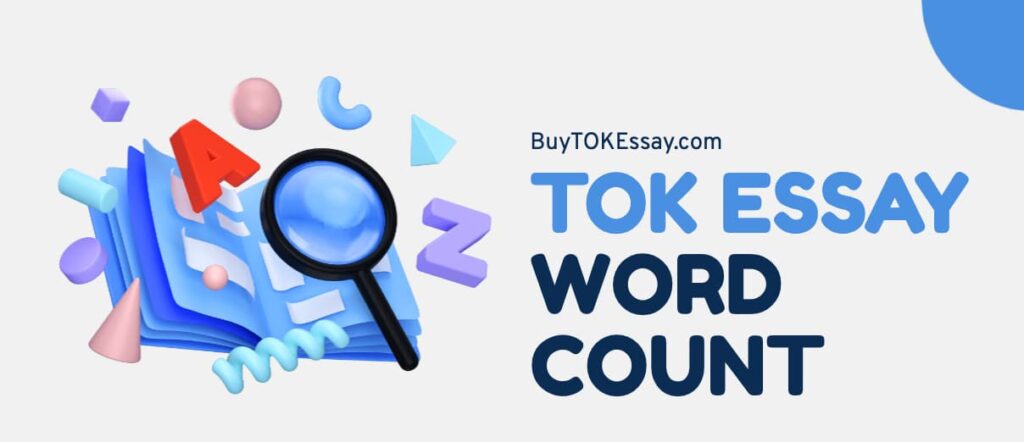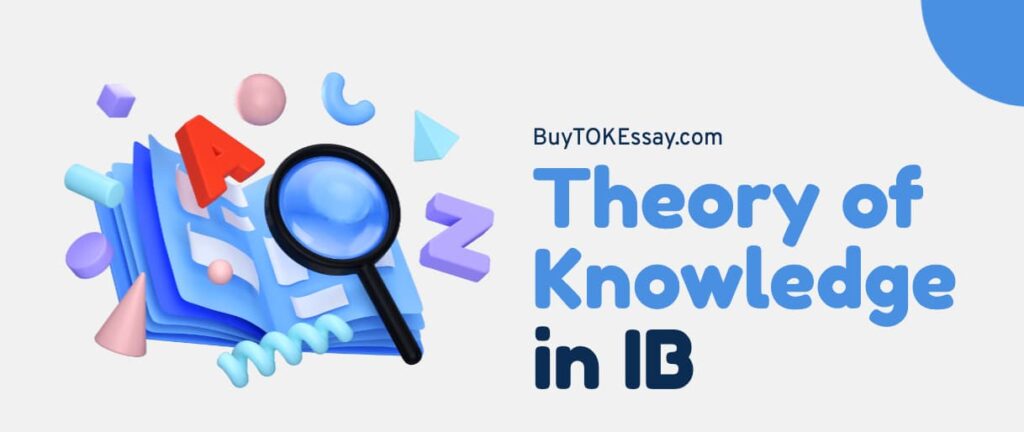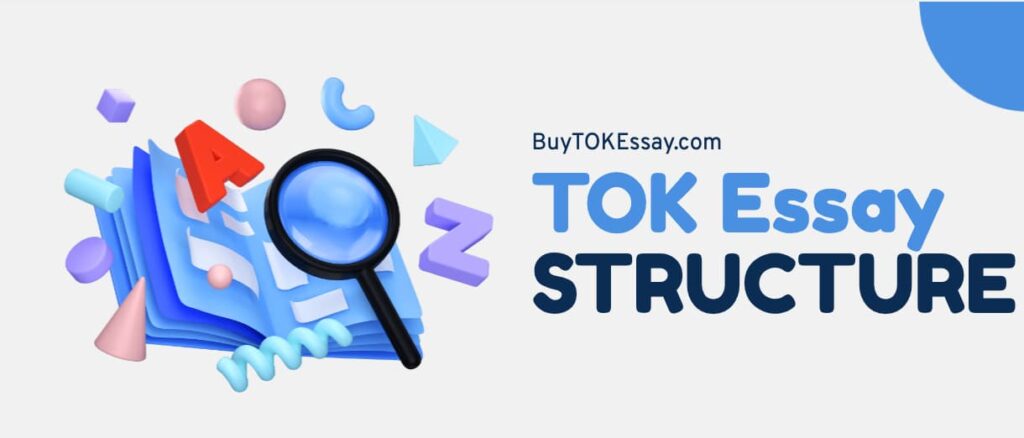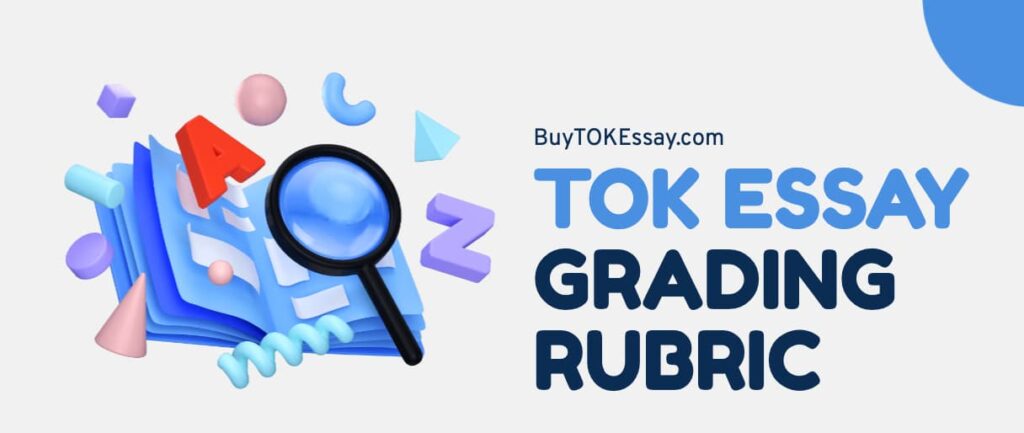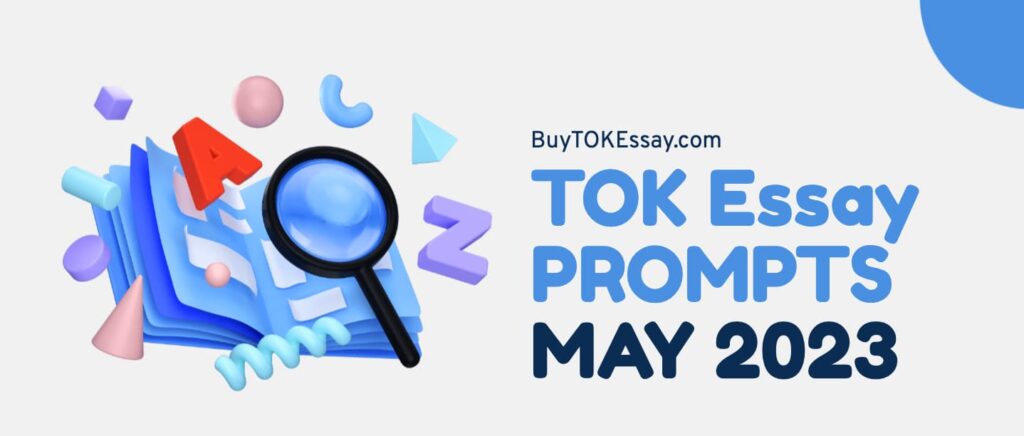What is the relationship between knowing and understanding? Discuss with reference to two areas of knowledge.
First, let’s be clear: knowing is different from understanding. In fact, this TOK essay prompt is all about that difference. If you’re reading this, you’re probably already knee-deep in notes, plans that aren’t quite finished, and a rising mental crisis over what it means to “understand.” Thanks for coming to TOK. It’s where anger and thought meet.
I’ve been helping students with TOK essays for more than ten years, and I’ve seen a lot of brave tries to answer this question, which seems very easy. It’s a standard TOK move: with just four words, you can start to break down how people interact with knowledge.
I’ll show you how to answer this prompt smartly in this post. We will talk about the best WOKs and AOKs to use and the types of real-life examples that will make your essay stand out. We will also talk about organizing your thoughts without sounding like you just ate a dictionary. Let’s do it.
How to Work on November 2025 TOK Prompt 2?
Take your time and read the question carefully first. You’ve read it a dozen times already, I know. Take your time and reread it. “What is the relationship between knowing and understanding?” It’s not enough to just describe the two ideas separately, though that’s a good place to start. It wants you to think about how they might work together or not.
Compare, engage, count on, and even think about paradox. Do you know and understand different steps in the same process? Is there no connection between them? Can you have one without the other?
You need a strong argument in your TOK essay or a clear point of view on that relationship.
You might think that knowing something means having information while understanding something means putting that information to use or making sense of it in a useful way. Learning is the goal, and knowing is just the start. No matter what you decide, stick to it and use your cases to support it.
Next, the AOKs you pick are more important than you think.
You shouldn’t pick them because your teacher likes them or a friend told you they’re “easy.” Think about what’s different. A helpful strategy is to pair an AOK where knowledge appears to be set, orderly, and measurable (like natural sciences or math) with one where interpretation, perspective, and complexity predominate. It gives you more room to see how knowing and understanding differ based on the kind of knowledge being looked at.
Note that you are writing about a relationship!
In other words, your essay shouldn’t look like two separate case studies. You are not doing “knowing in science” and then “understanding in history.” In both areas, you’re looking at how knowing and understanding work together (or not). That’s the main thing. Always do that.
One piece of advice I have is to zoom out using transition moments. Following the discussion of an example in one AOK, ask, “So how is this different from what we see in the other AOK?” Such connected thinking gives your study a polished and coherent appearance. Your TOK instructor will see it, indeed.
What Are the Best AOKs and WOKs for This TOK Essay Title?
For this title, some combos work better than others. These are some that I often suggest.
Areas of Knowledge
You can use any AOK to answer this title, but not all give you the same freedom or difference. And let’s be honest: some of them just make it easier to get your work done without sounding like a philosophy bot.
I often suggest these four AOKs for this title, and here’s why:
- Natural sciences AOK almost begs for this prompt. Often, scientific knowledge is exact, can be repeated, and is given as fact. You don’t have to fully understand the physical world to “know” Newton’s laws.
- History is an excellent subject that shows how hard it is to understand. Knowing facts like dates, treaties, and wars is one thing. However, understanding goals, causes, and long-term effects on history takes a different level of involvement.
- The arts are a great way to demonstrate how understanding can exist without specific knowledge. An artist’s message might “speak” to you even if you know nothing about them. On the other hand, knowing the background doesn’t always mean that you understand something emotionally or conceptually.
- It’s common to think of absolute knowledge in mathematics, but there’s still a difference between procedural skill (knowing how to use a formula) and mental sense (understanding what it means or why it works). Even in the most “rigid” areas, the line between knowing and understanding isn’t always clear. Use this AOK to show that.
For example, you can pick AOK, which focuses on real-world knowledge, like math or the natural sciences. You could pair it with a subject concentrated on understanding or practical knowledge, like history, The arts, or natural sciences. Then, ask yourself: How do people “know” something in each case? What does it mean to “understand”?
Ways of Knowing
Let’s talk about the ways of knowing in TOK. This title has a few that stand out more than the rest:
- Reason helps you break down arguments, check claims of knowledge, and understand how to tell the difference between knowing and understanding.
- How we talk about things shapes what we know and understand, so language is a critical WOK for showing how speech affects knowledge.
- Intuition is invaluable in areas like the arts, where you might understand something without a clear series of steps. When you have a “aha!” moment, you know something is true even before you can explain it.
If you want to get more specific, you can also use imagination and emotion, which will rely on your AOKs. However, if you want to be clear, starting with reason, language, and intuition is best.
You shouldn’t just name-drop your WOKs. In your AOKs, you should show how they work in the building or application of knowledge and understanding. Your TOK essay will be better if your links are stronger.

Need Help with Your IB TOK Essay?
Maximize your potential and boost the excellence of your TOK Essay with the help of our experts at BuyTOKEssay.com! Whether you’re starting from scratch or fine-tuning your existing journal assignment to meet your supervisor’s demands, our team is here to make your dream of a perfect paper a reality. Say goodbye to writer’s block and hello to success with just one click.
Related Articles:
- November 2025 TOK Prompt 4 Guide
- November 2025 TOK Prompt 5 Guide
- How to Work on the 2025 November TOK Prompt 6?
What Are the Real-Life Situations for This Prompt?
You need strong real-life situations (RLSs) to support your TOK essay points. Don’t just say something like, “When math is taught well, people understand it better.” You need clear, real-life examples that show how understanding and knowing can work together or against each other. These are some examples that I think work well:
1. The COVID-19 virus spread
Many people were aware of the signs, trends, and amounts. But it took more than data to figure out how the virus affected society, mental health, and collaboration around the world. In natural sciences, you can examine how understanding how a virus works is different from understanding how it affects public health in the bigger picture.
2. Events in history, like the Civil Rights Movement or the Holocaust
It’s one thing to know dates, people, and rules in history. It’s much harder—and maybe even more important—to understand the effects on people, their motives, and the long-term effects. Now is the time to discuss ethics, sensitivity, and the situation.
3. Abstract art or music interpretation
People may “know” a picture’s title, the artist’s name, or what the painting means. But getting to the bottom of how it makes you feel or what it’s trying to say might take personal involvement, cultural background, or even intuition.
4. Figuring out a math problem
A lot of students can remember how to use the quadratic formula. But understanding why it works or how it connects to geometry, for example, requires deeper conceptual thinking. This type of RLS helps show how basic knowledge and actual understanding differ.
No matter what examples you use, be sure to explain them well and show how they relate to your theory. A good RLS doesn’t just back up your point but also shows your thoughts.
Final Thoughts
This title is indeed a bit tricky. But that’s what makes the question so good for an essay. TOK isn’t about finding the right answers but showing how complicated thinking can be. The best essays don’t try to answer the question. They look at it, put it through stress tests, and show how it acts in different situations.
You’re on the right track if you can establish a clear relationship between what you know and what you understand, back it up with smart AOK choices, and use grounded, pertinent examples from real life.
You know where to find me if you need someone to read your draft and make sure it doesn’t sound like AI wrote it while high on coffee. 😉
At BuyTOKEssay.com, we only do one thing: help students write great Theory of Knowledge essays. Our team includes writers who have written good TOK papers before and IB graduates with relevant writing experience.
